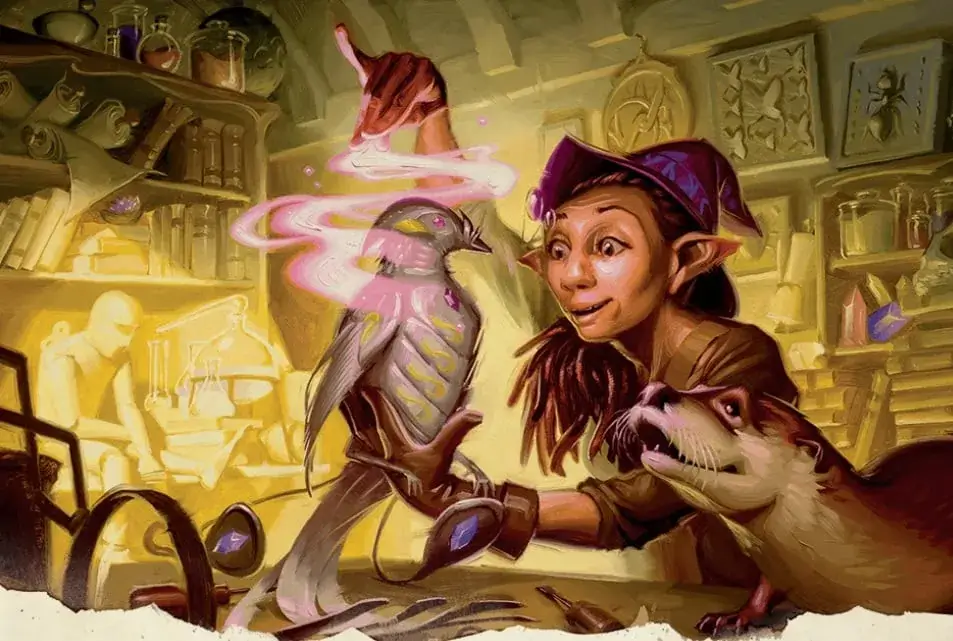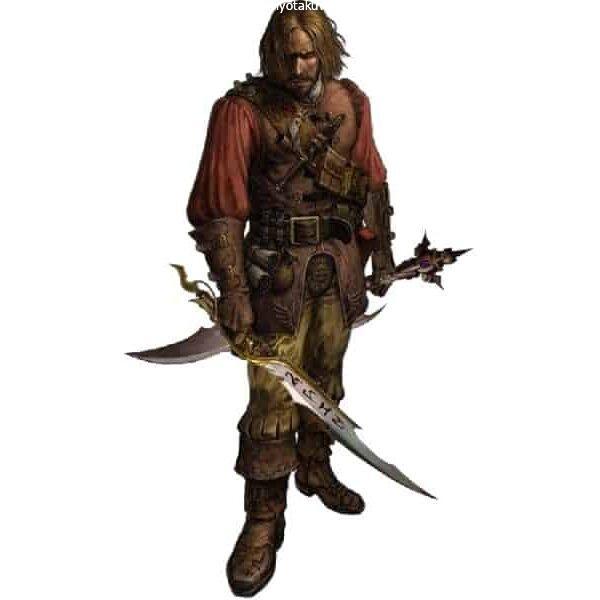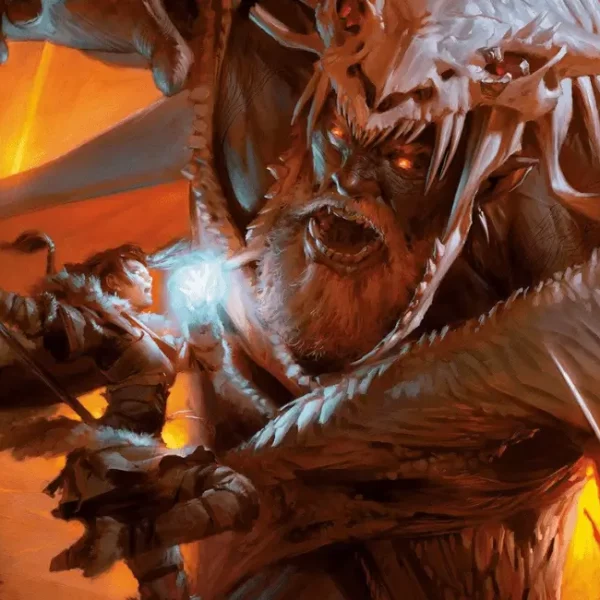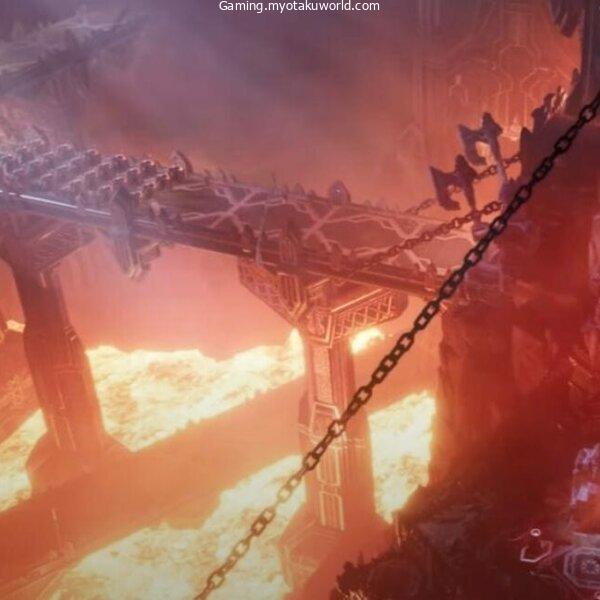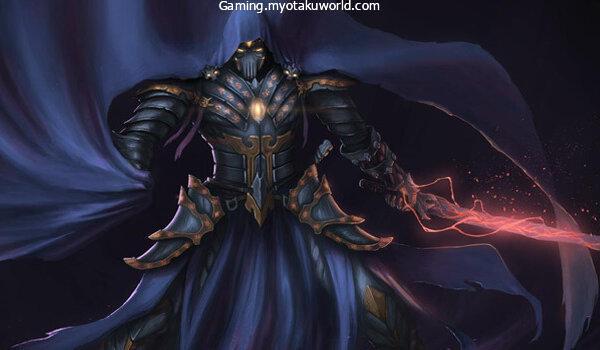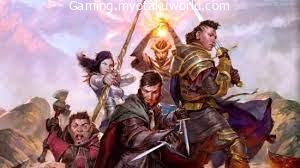A Gnome 5e guide could help you make the small but powerful gnome that your party needs. Gnomes are very happy creatures who live in the present and are friends with anyone who wants to be their friend.
If you’re thinking of making a Gnome, I’m Gnomely excited about it. Find out if the Gnome class is right for you and how even a Dungeon Master can use this race.
What is a Gnome in Dungeons and Dragons?
- Source – The Player’s Handbook
- Best Class – Rogue, Bard, Artificer
- Subraces – Forest Gnome, Rock Gnome, Deep Gnome (Legacy)
In D&D, gnome is a race. They are a race of people who like to have fun and can liven up any party. But don’t be fooled by how silly and prank-loving they are. They are also smart and good fighters.
Gnomes rarely get into real fights, and when they do, they usually don’t fight back. But when they have to, they aren’t afraid to go up against dangerous enemies. The Player’s Handbook has basic information about Gnomes.
Player Character Gnome 5e
- Ability Score Increase – Intelligence +2
- Age – mature like humans but live to be 300-500 years old
- Size – Small (3-4 ft tall and around 40lbs)
- Speed – 25ft
- Vision – Darkvision
- Languages – Common, Gnomish
- Saving Throw Advantage – Intelligence, Wisdom, and Charisma against magic
One of the most popular player character races is the gnome. I really like gnomes, and in one campaign I was a Gnome Rogue. But Bards are always my favourite Gnomes.
One Gnome Bard in my group was played by a guy who tried to put a wild cat in his backpack. He also thought it would be funny to knock a guy’s drink out of his hand to start a fight in a bar, just to do something.
Gnome Appearance
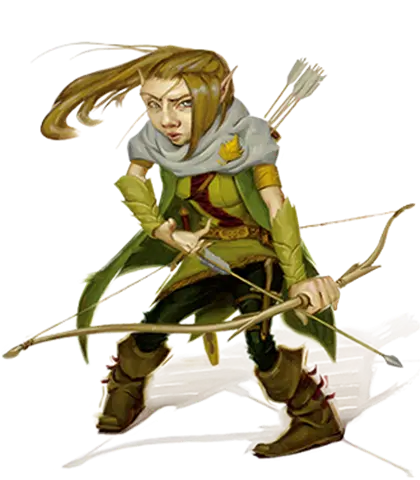
Gnomes look like they are short and cute. You can almost see the power waiting to burst out of their tiny bodies. They are about the size of a 5–7-year-old Human Race.
Most Gnomes’ faces are dark, their eyes are bright, and their noses are big. They often forget to take care of their hair, but if they have a beard, it’s almost always trimmed and brushed.
How a Gnome dresses depends on where it comes from. But most of the time, it’s a neutral colour. Gnomes love to add sparkle and colour to their gear with gems and embroidery.
Gnome Settlements
Gnomes came from the grasslands and forests in the past. They love living underground, but they won’t stay there all day. Most of the time, people are welcome at gnome businesses.
If Gnomes do go out, they will set up camp with a business that does repair work or something similar. Their minds and bodies work hard to make the most of what they have been given.
Gnome

The gnomes in Dungeons and Dragons may have the most recognisable personality of all the races. They are interested, full of life, and friendly. They are a great example of how great it can be to be given the gift of life.
Like excited kids, they love to tell stories, play jokes, and go on adventures. In terms of personality, gnomes are my favourite race because they have everything I wish I had more of.
Gnome Names
It can be fun to think of a name for your Gnome. But if you’re stuck and can’t come up with anything, maybe one of my original names will help you think of something.
Just remember that Gnomes like nicknames too, and they often take on a name from each family member.
- First Names – Ravinka, Brianna, Caro, Roseria, Durk, Flint, Gerber, Naturanten, Duggy
- Last Names (Clan) – Tentaclo, Mackelmore, Arbols, Teargen, Dedeoran
- Nicknames – Pickletoe, Clumsybutt, Twinkle-Eye, Dingbat, Fluttergem, Catnip, Sparky, Honeyheart, G-Dog, Flytooth, Diddlysocks
Gnome Subraces
Like many other races, Gnomes have different subraces from which players can choose. There are two original subraces, and one is a legacy race. If you want to use a legacy race, your DM must agree to it first.
For example, there are a lot of subraces in online homebrews made by other people. If your DM lets you make your own spells, you can probably make your own. The only real limit is your imagination.
Forest Gnome
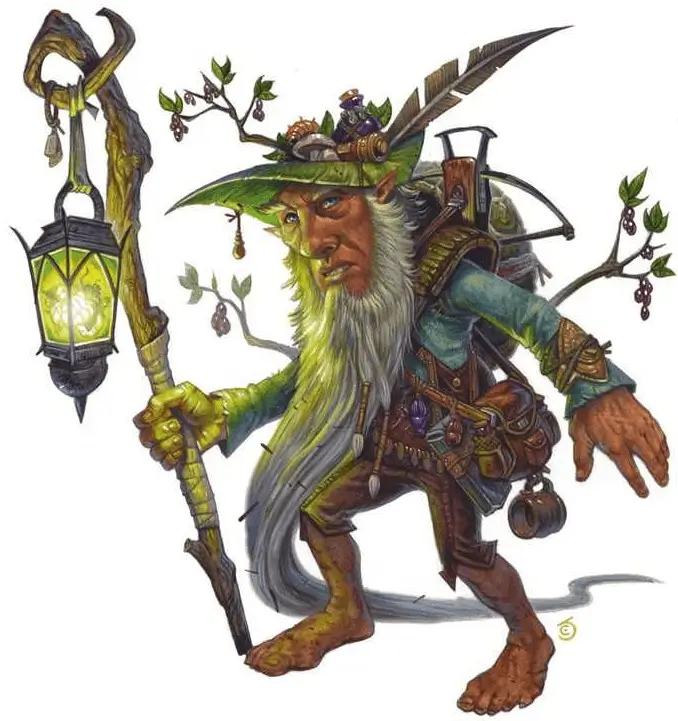
- Ability Score Increase – Dexterity +1
- Natural Illusionist – Grants Minor Illusion with Intelligence to cast.
- Speak with Small Beasts – you may communicate with small beasts.
Forest Gnomes are the shyest and small of the three types of Gnomes. Rarely do they get to 3 feet tall or 30 pounds. Because they were born to live in the forest, their eyes are usually brown or green and their skin has brown tones.
Forest Gnomes don’t like going out into big crowds like most Gnomes do. They’d rather party close to home, where they don’t have to worry about being judged or hurt.
I want to point out that Forest Gnomes don’t hate people from other places. Most of the time, they don’t feel the need to go out. They love their families and homes, but they are likely to be open to new people.
Rock Gnome
- Ability Score Increase – Constitution +1
- Artificer’s Lore – When you make a History check on a magical or mechanical item, you can add your proficiency bonus twice.
- Tinker – Adds proficiency with artisan tools. With the tools, you can spend 1 hour and 10 gp to build a Tiny clockwork device that has AC 5 and 1 hp.
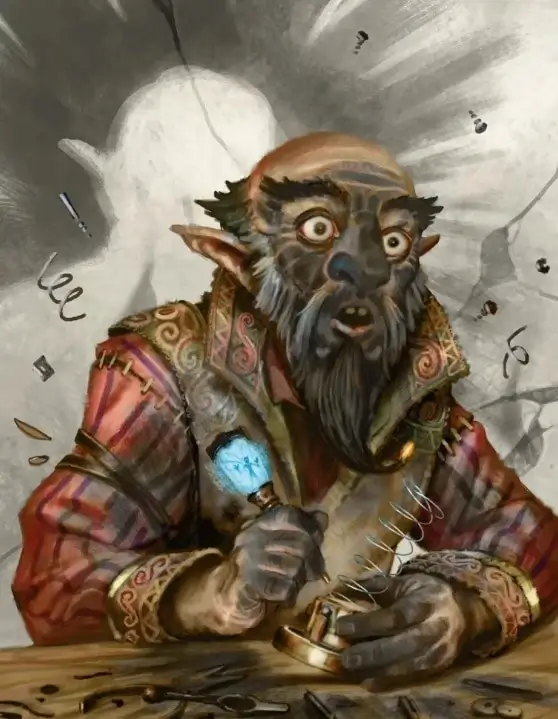
The most common kind of Gnome in the world is the Rock Gnome. With the Tinker skill, you can make a device that works for a full day unless you fix it for an hour.
You can only use three devices at once, and you have three options that don’t require homebrew. You can make the Clockwork Toy look like any animal you want.
It can move 5 feet each time it’s your turn and make the sound of the creature it represents. The second item is the Fire Starter, which can start a fire and can be used as an action.
Lastly, the Music Box only plays one song and shuts when the song is over. You can make your own devices with the DM, but these are the three basic ones that are easy to make.
Deep Gnome (Legacy)
- Ability Score Increase – Charisma +1
- Superior Darkvision – 120 feet
- Stone Camouflage – Grants advantage on Stealth checks to hide in rocky terrain
- Languages – Add Undercommon

The Elemental Evil Player’s Compendium has a unique subrace called the Deep Gnome. Because they like to live in the Underdark, their skin is often grey and their limbs are often gnarled.
The Deep Gnome would be evil if any of the Gnomes could be bad. They don’t trust other people, but they don’t want to hurt them unless they pose a threat to the other Deep Gnomes.
Even so, if you get to know most Deep Gnomes, you’ll find that they’re just as active, curious, and fun as other Gnomes. After all, having more Charisma must be good for something.
Best Classes for Gnome in 5e
Gnomes can be of any class, but there are some that are better. It takes more than an ability boost for a class to be good for a certain race. Here are my top three choices to explain.
Rogue
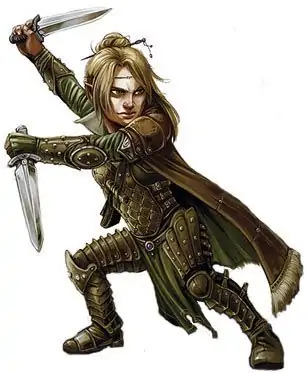
The Forest Gnome is an excellent Rogue. The Rogue’s skills go well with the ability to blend in with their surroundings, the extra Dexterity, and the illusion. Any Gnome, though, can be a Rogue.
After all, Deep Gnomes get an extra point when they try to sneak around in rocky areas. Rock Gnomes aren’t great for Rogue, but if you want to be an Arcane Trickster, you can have a lot of different skills.
Artificer
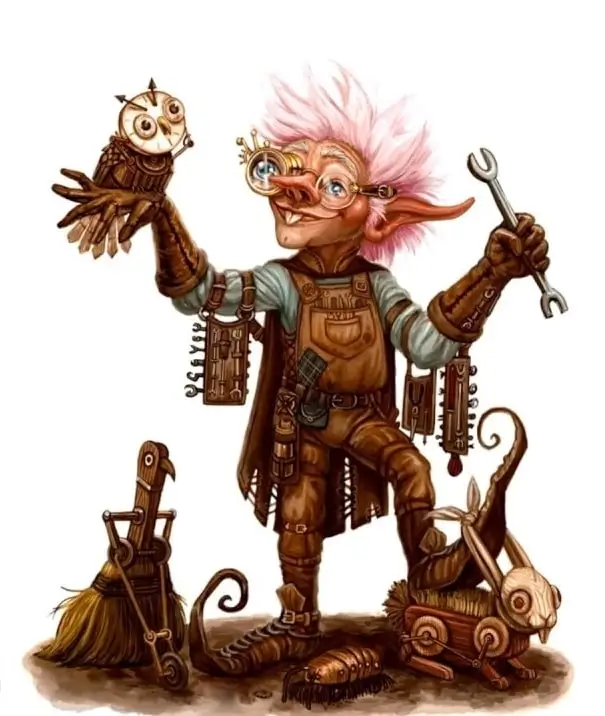
Rock Gnomes are great at making things. The extra Intelligence that comes with being a Gnome is great, and the Artificer works well with the History checks on magic items.
But, since the Artificer is already a tinkerer, the Tinker skill is the best one. I think the Rock Gnome was made for the Artificer, or maybe the other way around. All gadget lovers’ dreams come true with these two.
Bard

Deep Gnomes have more Charisma, but their other tools aren’t good for a Bard. I think that Forest Gnomes could work well with their illusions, or Rock Gnomes could work well because they are the most outgoing.
In short, it’s fun to play as a Bard with any of the three subclasses. Bards are naturally good for any race, as long as that race doesn’t lose Charisma. Like Gnomes, Bards just want to have fun and be liked.
Gnome as an NPC
An NPC can be of any race. Most Gnome NPCs run shops, teach, or make things. They will come to town to start a business using the skills they were born with and share their creativity with the world.
Players are often Bards or Rogues, but it’s pretty rare for an NPC to be one of these classes. Gnomes like to have fun, but they are almost always good, not because they believe in a god but because it is the right thing to do.
The tutor and the tinkerer are my two favourite NPC Gnomes that come with the game. These presets are so simple and give anyone who wants to get creative a blank slate.
The tutor can teach the players anything they want to know, and the tinkerer can make anything they want—for a price.
Iconic Critical Role Gnomes
Critical Role is a group of voice actors who play Dungeons & Dragons and have an incredibly popular YouTube channel. I can’t stop thinking about two of the races in Critical Role.
Scanlan Shorthalt
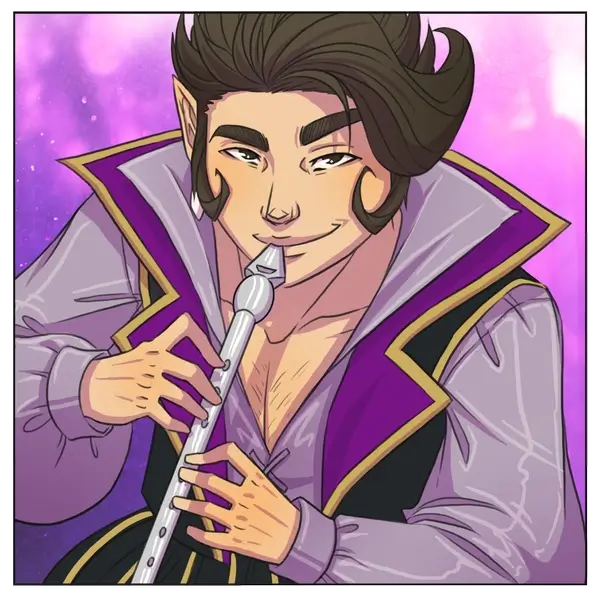
Scanlan Shorthalt is without a doubt the most famous Bard in any Critical Role game. In the Amazon show The Legend of Vox Machina, which he was in, he did a good job.
Sam Riegel plays him as a convincing and likeable Gnome who loves to make jokes and enjoy the simple things in life. He is very interested in women and uses his Deception skill to make up many different personas.
Pike Trickfoot

The goddess Sarenrae is very important to Pike Trickfoot, who is a Cleric. She is a nice Gnome who was given a second chance at life. She enjoys fighting because it makes her feel strong.
Pike Trikefoot is played by Ashley Johnson. She was brought to Legend of Vox Machina, just like the rest of Vox Machina.
Because she can and is willing to bring back to life her teammates, she is a very valuable member of the team.
FAQs
What is the Difference Between a Gnome and a Halfling?
Both gnomes and halflings are small people. But Gnomes look different than Halflings, who look like small humans. Halflings are a lot like Humans, but they are smaller.
Where Did Gnomes 5e Come From?
The Grand History of the Realms says that gems were used to make Gnomes. Deep Gnomes were made out of rubies, and Forest Gnomes were made out of emeralds.
Do All Gnomes Drink?
This is a common misunderstanding, since almost all Gnomes like to party. It’s up to the Gnome if that partying includes drinking. After all, their small size might limit how much they can eat.
What is the Mark of Scribing Gnome?
The Mark of Scribing Gnome belongs to a subrace that DMs don’t usually let in. It is a subrace that is only found in Eberron. Communication is the main skill that the subrace focuses on.
Are Gnomes a Good Race to Play?
There are no bad races. They don’t have as much of an effect as which class you choose. Because of this, I like to choose my class first, then my race.
